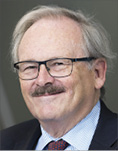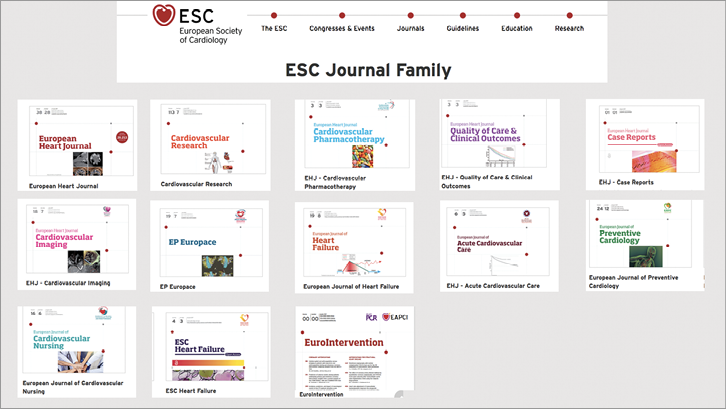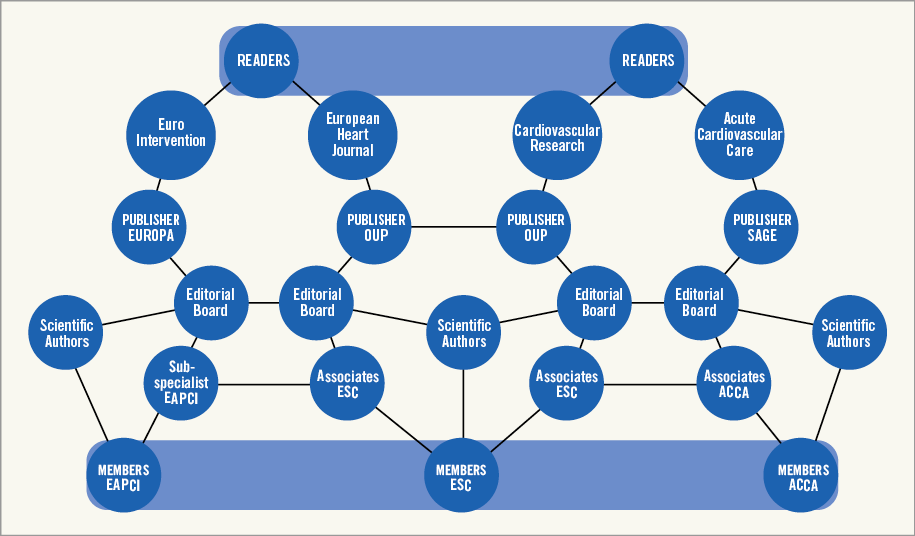
When I handed over the draft of the present editorial to the managing editor of the journal, Sylvie Lhoste, she said that the title sounded like the subject of a philosophical dissertation for the (French) baccalaureate. Well, as it turns out, before learning medicine I was a student of philosophy.
There are multiple stakeholders involved in the publication of medical journals today. Not ranked in hierarchical order, we have professional societies (ACCA, EAPC, EACVI, ESC, EAPCI, EHRA & HFA, etc.), publishers (OUP, SAGE, Wiley, Europa Digital & Publishing…), editorial boards (academic groups of practitioners, clinical researchers, scientists), scientific authors, editorialists and finally the mass of anonymous readers for whom all of this is designed.
In Europe, over the last two decades, (sub)speciality daughter associations such as the EAPCI, EHRA, etc. have become affiliated to the mother society, the European Society of Cardiology (ESC). For its legal foundation a medical association is required to have a working group with membership, to organise congresses or scientific reunions, and to edit a journal. The editorial boards and the chief editors of these subspeciality journals are thus an important link between the readership, the scientific authors, the daughter associations (e.g., EAPCI) and the mother society (ESC) and their respective journals – the so-called journal family (Figure 1). The “polymeric” structure in which our journal is incorporated can best be illustrated by a diagram featuring what we would call nowadays supramolecules, known for their chemical robustness1 (Figure 2). We should also bear in mind that we in Europe are not alone and that the American College of Cardiology has a similar polymeric structure, as does the American Heart Association.

Figure 1. Overview of the cover pages within the ESC family.

Figure 2. “Polymeric” structures connecting the various societies, publishers and associations within the ESC family.
The membership of these overarching structures is essential and vital to the longevity of a journal. The last few decades have seen the birth of many journals which ultimately failed to survive, when their organisational structures relied solely upon publishers and editors, without the support of a medical association.
The challenging and complex task of an editorial board is to listen to all the different interested parties. Politics (affairs of the city) and democracy (rule of the people) – in their most noble sense – play an important role in the function and activity of an editorial board, without mentioning a possible external theocratic (rule of God) interference.
EuroIntervention has a readership of approximately 70,000 all reachable by e-blast.
A few years ago, the board consulted this readership by way of a survey, asking their opinion, specifically on the design, appearance and content of the cover page. Questions concerning the cover page included the arbitrary selection of a few generic topics found in the issue without acknowledging the authors, the need for the inclusion of the editors’ names on the cover, the presence of a (small) selected medical illustration without a fully explanatory figure caption. The readership responded in a unanimous fashion, with the survey reinforcing the importance of publishing the full title of every paper as well as the key authors of these papers. The readership did not deem it necessary for the names of the editors to be featured on the cover of every issue, only to discover the same information inside. They found the medical illustration with a detailed figure caption more pleasant when placed inside the issue, as a kind of “bio-break” in the process of reading papers one after the other.
The decision to abandon the previous colour cover page with generic titles, along with the illustrations and the names of the editors, was an easy one to make and, in doing so, we “inadvertently” joined the club of elite journals and subspeciality journals such as The New England Journal of Medicine, JAMA, Circulation and JACC, etc., all of which display the full scientific content on the cover page of each issue.
We were surprised, therefore, by the ESC Journal Family’s desire to re-harmonise the covers of all mother and subspeciality journals with coloured covers with a few, cherry-picked, generic titles, together with a reminder of the names of the editor-in-chief and co-editors. I sense that this proposal was introduced by experts in design, communication and marketing, aimed at promoting the trademark brand of the journal family. How does this policy rely on a democratic consultation with the readers and authors? While it is true that once the journal becomes fully electronic, the concept of the cover page will become obsolete and the debate about the cover page futile, until that time it promises to remain a dilemma for our editorial board.
As one of its Senior Consulting Editors, I would personally argue that the European Heart Journal is currently the number one cardiovascular journal in the world and the ESC the largest medical association worldwide in cardiology. As a reader, author, editor, past Chairman of the ESC Working Group on Coronary Circulation, member of EAPCI, Emeritus Fellow of the ESC and Editor in Chief of EuroIntervention, I would feel more “secure” or “less ostracised” if the journal remains fully incorporated in the mother journal’s family, with the same “trademark” (brand appearance) on the cover page. This is a personal aspiration. Due to the respect I have for democracy, my fellow readers and authors, I felt that instead of imposing change a compromise had to be found (Figure 3). The present editorial is testimony of a genuine, and now resolved dilemma. Whatever the future holds, we have shared our passion for the family and for EuroIntervention with you, whilst respecting your wishes and those of the authors.

Figure 3. Metamorphosis of the EuroIntervention cover page.
Reference

